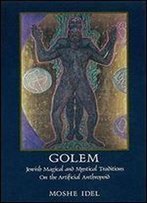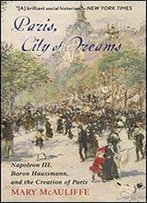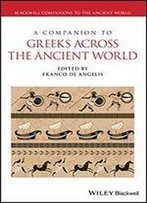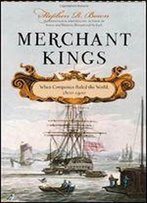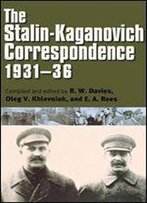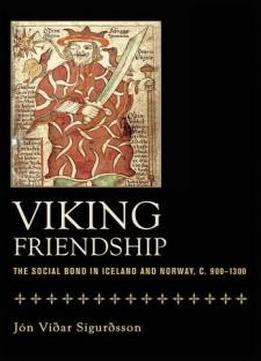
Viking Friendship: The Social Bond In Iceland And Norway, C. 900-1300
by Jon Vidar Sigurdsson /
2017 / English / PDF
11.5 MB Download
"To a faithful friend, straight are the roads and short."―Odin,
from the
"To a faithful friend, straight are the roads and short."―Odin,
from theHavamal
Havamal (c. 1000)
(c. 1000)
Friendship was the most important social bond in Iceland and
Norway during the Viking Age and the early Middle Ages. Far more
significantly than kinship ties, it defined relations between
chieftains, and between chieftains and householders. In
Friendship was the most important social bond in Iceland and
Norway during the Viking Age and the early Middle Ages. Far more
significantly than kinship ties, it defined relations between
chieftains, and between chieftains and householders. InViking Friendship
Viking Friendship, Jon Vidar Sigurdsson explores the
various ways in which friendship tied Icelandic and Norwegian
societies together, its role in power struggles and ending
conflicts, and how it shaped religious beliefs and practices both
before and after the introduction of Christianity.
, Jon Vidar Sigurdsson explores the
various ways in which friendship tied Icelandic and Norwegian
societies together, its role in power struggles and ending
conflicts, and how it shaped religious beliefs and practices both
before and after the introduction of Christianity.
Drawing on a wide range of Icelandic sagas and other sources,
Sigurdsson details how loyalties between friends were established
and maintained. The key elements of Viking friendship, he shows,
were protection and generosity, which was most often expressed
through gift giving and feasting. In a society without
institutions that could guarantee support and security, these
were crucial means of structuring mutual assistance. As a
political force, friendship was essential in the decentralized
Free State period in Iceland's history (from its settlement about
800 until it came under Norwegian control in the years 1262–1264)
as local chieftains vied for power and peace. In Norway, where
authority was more centralized, kings attempted to use friendship
to secure the loyalty of their subjects.
Drawing on a wide range of Icelandic sagas and other sources,
Sigurdsson details how loyalties between friends were established
and maintained. The key elements of Viking friendship, he shows,
were protection and generosity, which was most often expressed
through gift giving and feasting. In a society without
institutions that could guarantee support and security, these
were crucial means of structuring mutual assistance. As a
political force, friendship was essential in the decentralized
Free State period in Iceland's history (from its settlement about
800 until it came under Norwegian control in the years 1262–1264)
as local chieftains vied for power and peace. In Norway, where
authority was more centralized, kings attempted to use friendship
to secure the loyalty of their subjects.
The strong reciprocal demands of Viking friendship also informed
the relationship that individuals had both with the Old Norse
gods and, after 1000, with Christianity's God and saints.
Addressing such other aspects as the possibility of friendship
between women and the relationship between friendship and
kinship, Sigurdsson concludes by tracing the decline of
friendship as the fundamental social bond in Iceland as a
consequence of Norwegian rule.
The strong reciprocal demands of Viking friendship also informed
the relationship that individuals had both with the Old Norse
gods and, after 1000, with Christianity's God and saints.
Addressing such other aspects as the possibility of friendship
between women and the relationship between friendship and
kinship, Sigurdsson concludes by tracing the decline of
friendship as the fundamental social bond in Iceland as a
consequence of Norwegian rule.



